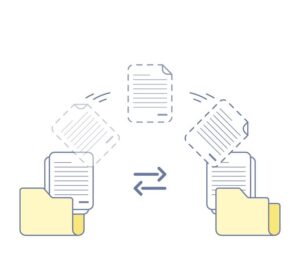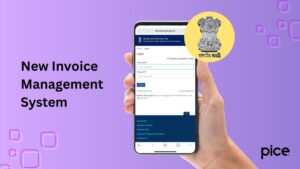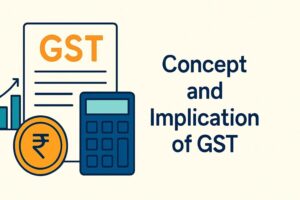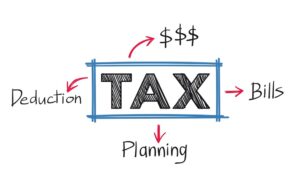Composite Supply in Goods and Services Tax
- 17 Oct 24
- 9 mins

Composite Supply in Goods and Services Tax
- What Is Composite Supply? Definition and GST Implications
- Features of Composite Supply
- Tax Implications of Composite Supply
- What Is Mixed Supply Under GST?
- Features of Mixed Supply
- Tax Implications of Mixed Supply
- Difference Between Composite Supply and Mixed Supply
- How to Decide Whether a Supply Is Composite or Mixed?
- Conclusion
Key Takeaways
- Composite supply involves a principal product and ancillary services, taxed at the rate of the principal item.
- Mixed supply packages independent products, taxed at the highest GST rate among the items.
- Composite supply must be sold as a bundle, while mixed supply products can be sold individually.
- Tax calculation for composite supply is based on the main item, while for mixed supply, it's based on the costliest product.
- Correctly classifying supplies as composite or mixed ensures proper tax application and optimized pricing.
Determination of the applicable GST rate during the sale of a single product is simple as you can refer to the applicable rate chart. However, confusion regarding the rate of tax arises when there is a package with different types of products. Usually, there are two types of packages under GST, composite and mixed.
The blog highlights the definition, functioning and differences between mixed and composite supply under GST. Read on to learn about them in detail.
What Is Composite Supply? Definition and GST Implications
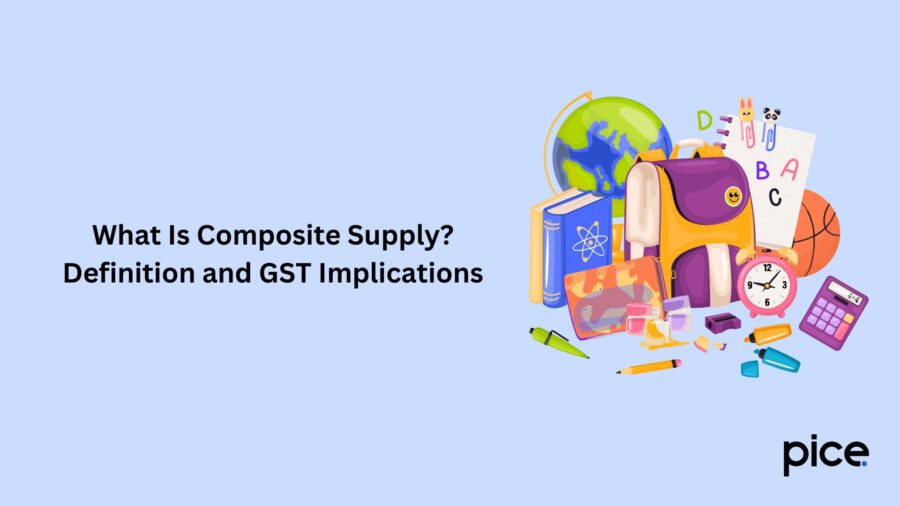
A composite supply is a combination of supplies consisting of two or more services or goods that must be sold at a single price. In this type of supply, there is a principal supply which is the primary product that a customer aims to buy. The remaining part of the composite supply package is made up of goods or services that act as supporting elements and are known as ancillary supply, adding value to the bundled supply.
As per the government rule, sellers cannot sell the composite supply package individually. So, the tax on the composite supply package depends on the GST rate of the principal supply. Even, the rate of tax on the transport charges and shipping charges of the entire supply is equivalent to the one on the principal product.
Here are a few examples of the composite supply that will help you explicitly understand its meaning. Suppose a seller ships a gift-wrapped pen stand. In such a case, the pen stand is the primary product in the package. On the contrary, the gift wrapper, box, gift wrapping service and message card are all a part of the gift. Hence, they are considered supporting elements. For this complete gift box, the GST rate will be equivalent to that of the pen stand.
Another example of composite supply can be the purchase of a train ticket. Although you pay taxes at a rate equivalent to the travel charges, you get supporting services like meals and insurance. Even the sale of a brand-new vehicle along with a tool kit, first aid kit, registration, maintenance services and insurance can be referred to as a composite supply. Here, the principal supply is the vehicle and others are the supporting products.
Features of Composite Supply
If you want to accurately identify and label a supply as “Composite”, you need to ensure that they have certain attributes. The essential characteristics of a composite supply include:
- Two or more products or a combination of services that need to be supplied together
- The goods and services must form a natural bundle of supplies in the course of a business
- The services and products must be in tandem with each other to benefit the recipient of supply
Tax Implications of Composite Supply
As per the GST provisions, a taxable person is obliged to pay taxes at the applicable GST rate of the primary supply for the overall composite supply of commodities. This rate of tax is levied on the consolidated price of the products. The combined consideration of taxes, as per the provisions of GST regime, eliminates the element of ambiguity and helps in the determination of the prices accurately.
What Is Mixed Supply Under GST?
Mixed supply refers to packages where two or more individual supplies can be sold independently or even as a package. The tax rate of the overall package is equivalent to the GST rate on the highest-priced product in the package. Thus, instead of separate prices, customers will have to pay a reasonable price for elements involved in the supply.
Thus, it can be concluded that the costliest product in the mixed supply package is treated as the predominant element. Similarly, the tax rate for the supply of transportation service within a mixed supply package is equivalent to the rate of the primary supply.
For example, consider that a florist sells ornamental plants, cut flowers and ornamental plants as a package. Usually, when sold independently, gardening services attract GST at a rate of 18% and cut flower and ornamental plants attract GST at a rate of 5%. However, the overall package attracts a GST rate of 18% as that gardening service is costlier than the other products in the package.
Some other examples of mixed supply include a Diwali gift box that contains different types of sweets, potable water that is available along with food in restaurants and so on.
Features of Mixed Supply
If you want to appropriately label a package as a “Mixed Supply”, you need to identify its attributes. Some of the essential characteristics of a mixed supply include:
- Two or more products or services or their mix are clubbed under a single cost
- The products in the bundle of supplies need not be complimentary to one another
- These sellers can go for independent supply of products for these types of supplies
Tax Implications of Mixed Supply
With respect of tax treatment, the applicable rate of the entire bundle, in the case of mixed supplies, is equivalent to the GST rate of the product that has the highest cost in the package. According to this, taxable individuals can easily calculate tax liability and determine product pricing.
Difference Between Composite Supply and Mixed Supply
Although the composite supply and the mixed supply appear somewhat similar, there are some striking differences between them. These differences help sellers distinguish between a composite supply and a mixed supply and identify the category of supply. Accordingly, they can determine the rate of taxes that ap[ply to those packages.
The differences between composite supplies and mixed supplies are as follows:
| Parameters | Composite Supply | Mixed Supply |
| Principal Supply Determination | Here, there is a clear indication of the item that serves as a predominant supply product for the package. | In this case, there is no such clear demarcation. Usually, the item with the highest price is the major supply product. |
| Individual Availability of Supplies in the Package | Most of the time it does not make sense to sell the individual supplies separately as their profit margin is low. | Here, the sellers can sell the items of the supply in a package or even independently as per their profit margin or customer demand. |
| GST Rate Determination of the Supply | The applicable tax rate for the overall taxable supplies is equivalent to the rate of GST of the principal product in the package. | The GST rate applicable for the overall supply of service or product is equivalent to the highest-priced product in the package. |
| Examples | Laundry services in luxury hotels, a gift-wrapped box of chocolates | A snack bundle, containing various snack items and canned foods |
These differences will help you determine the right package options and pricing, that remove the challenging aspect of tax calculation, bringing in immense profits.
How to Decide Whether a Supply Is Composite or Mixed?
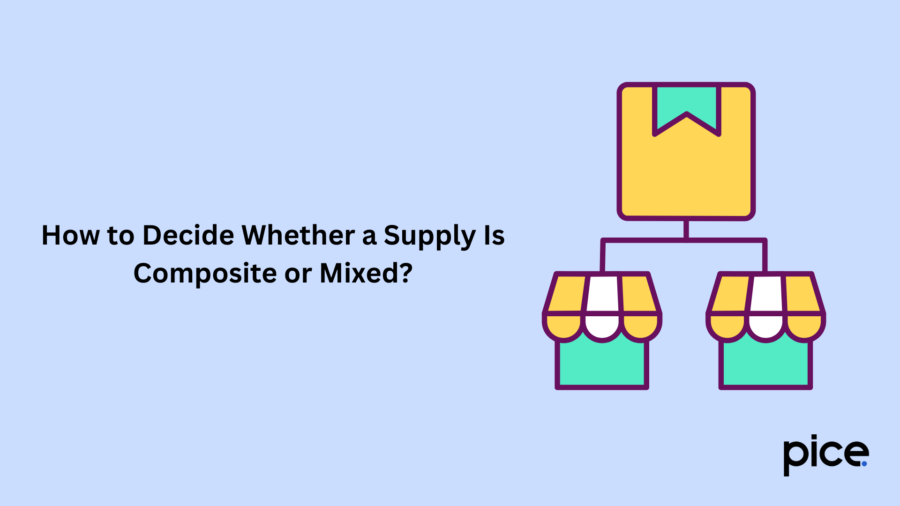
To eliminate all possible confusion with the identification of a supply as “Composite” or “Mixed” for consumer products and go for accurate classification of supplies, you can follow the steps below:
Step 1: First and foremost, check and rule out the possibility that the supply is composite type.
Step 2: To determine mixed supply, check if the items in the package can be sold separately.
Step 3: If the supplies in the package can be sold separately, it is a mixed supply, otherwise, it is a composite supply.
Step 4: Finally, determine the tax liability incurred for supplying the overall package.
Conclusion
Understanding the functioning and differences between mixed and composite supply under GST will help sellers maximise their profits, determine the correct rate of GST liability, minimise their costs in terms of taxes and also cater to the needs of customers. Thus, overall, the businesses can generate adequate returns to seamlessly run the operations.
💡If you want to streamline your payment and make GST payments, consider using the PICE App. Explore the PICE App today and take your business to new heights.
 By
By 







